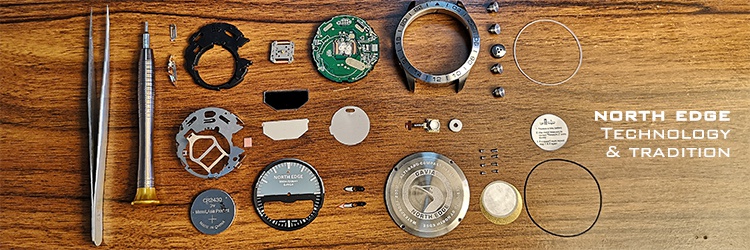1. Waterproofing Limitations: While outdoor watches may be water-resistant to a certain depth, they may not be designed to withstand the pressure and temperature changes experienced during activities like showering, hot spring bathing, or diving. Submerging the watch in hot water or subjecting it to high-pressure water jets can exceed its waterproofing capabilities, leading to potential damage.
2. Material Sensitivity: Some materials used in outdoor watches, such as certain types of seals or adhesives, may be sensitive to hot water or chemicals commonly found in hot springs. Prolonged exposure to these substances can degrade the materials and compromise the watch's waterproofing integrity.
3. Functionality Concerns: Certain features or components of the watch, such as buttons or sensors, may not be designed to operate reliably when exposed to water or moisture. Showering or bathing with the watch on could inadvertently activate or damage these components.
4. Manufacturer Recommendations: To ensure the longevity and proper functioning of the watch, manufacturers often provide usage guidelines and recommendations. These may include avoiding exposure to extreme temperatures, moisture, or chemicals beyond what the watch is designed to withstand.
Overall, it's essential to consult the user manual and follow the manufacturer's guidelines regarding water resistance and usage limitations to prevent damage to your outdoor watch.
